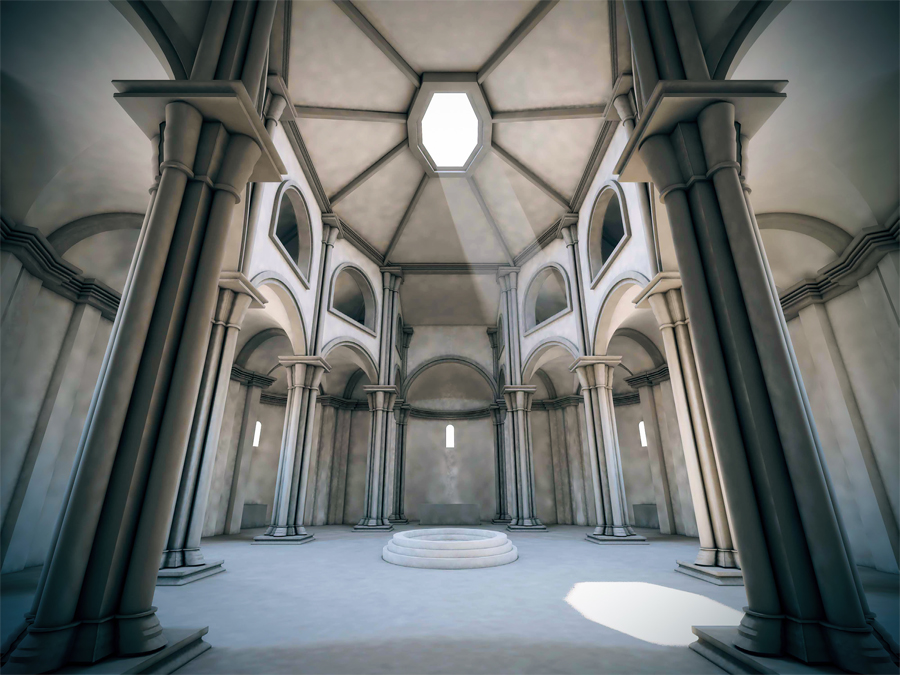
From the archaeological reality to the digital reconstruction: an architectural drawing challenge
Abstract
The archaeological patrimony in the Mediterranean area is one of the most intense manifestation of the will of the many societies populating this area since ancient times. It is a complex and articulated Cultural Heritage presenting difficult puzzles and impressive possibilities. With a continuous series of abandons and/or persistence the many traces from the past are a never-ending challenge for the archaeological and architectural culture across time. Some remains/monuments may present traces or transformations between their foundation and our time, while others are simple ruins, sometimes totally to be discovered and hard to be interpreted.
In our time, the digital approach to "everything" offers a lot about digital reconstruction, dissemination, sharing and understanding for any kind of archaeological heritage, but this process, sometimes, comes opening more questions about the original aspect of these sites than any previous approaches. This creates the need of an accurate comprehension of the subject of the reconstruction, of its connection and its context. While digital reconstruction, virtual reality, augmented reality, mobile apps are only "words" (sometimes just expensive) if not supported by contents and clear architectural ideas. In this journey to knowledge, “drawing” is the main guiding tool and operation, from the first sketches to the final virtual model it is the way to discover back the traces of the original plot, the thing to suggest possible solutions. A too much specialist or too poor approach to these contexts are at risk of stooling something to the possible suggestions coming from the real sites. Basing its considerations on twelve years of digital surveys and various tentative of digital reconstruction, this contribution will propose a discussion and to define a path for this kind of specific architectural procedures in the digital age. Since the mainly “visual” techniques coming from a romantic way to look at the archaeological ruins, the contemporary approach is now, more than ever, in need for clear checklists, for smart “to do lists” and for “stations” were the architect and the archaeologist must stop and reflect about the results before ending the reconstruction proposal they are bringing on. Various Roman and Medieval case studies will be presented to support the concepts and solutions for the proposed methodology.
Keywords
Full Text:
PDFRefbacks
- There are currently no refbacks.
Copyright (c) 2018 Giorgio Verdiani
DISEGNARECON
ISSN 1828 5961
Registration at L'Aquila Law Court no 3/15 on 29th June, 2015.
Indexed in SCOPUS. Diamond Open Access. All papers are subjected to double blind peer review process by qualified reviewers.
Journal founded by Roberto Mingucci
